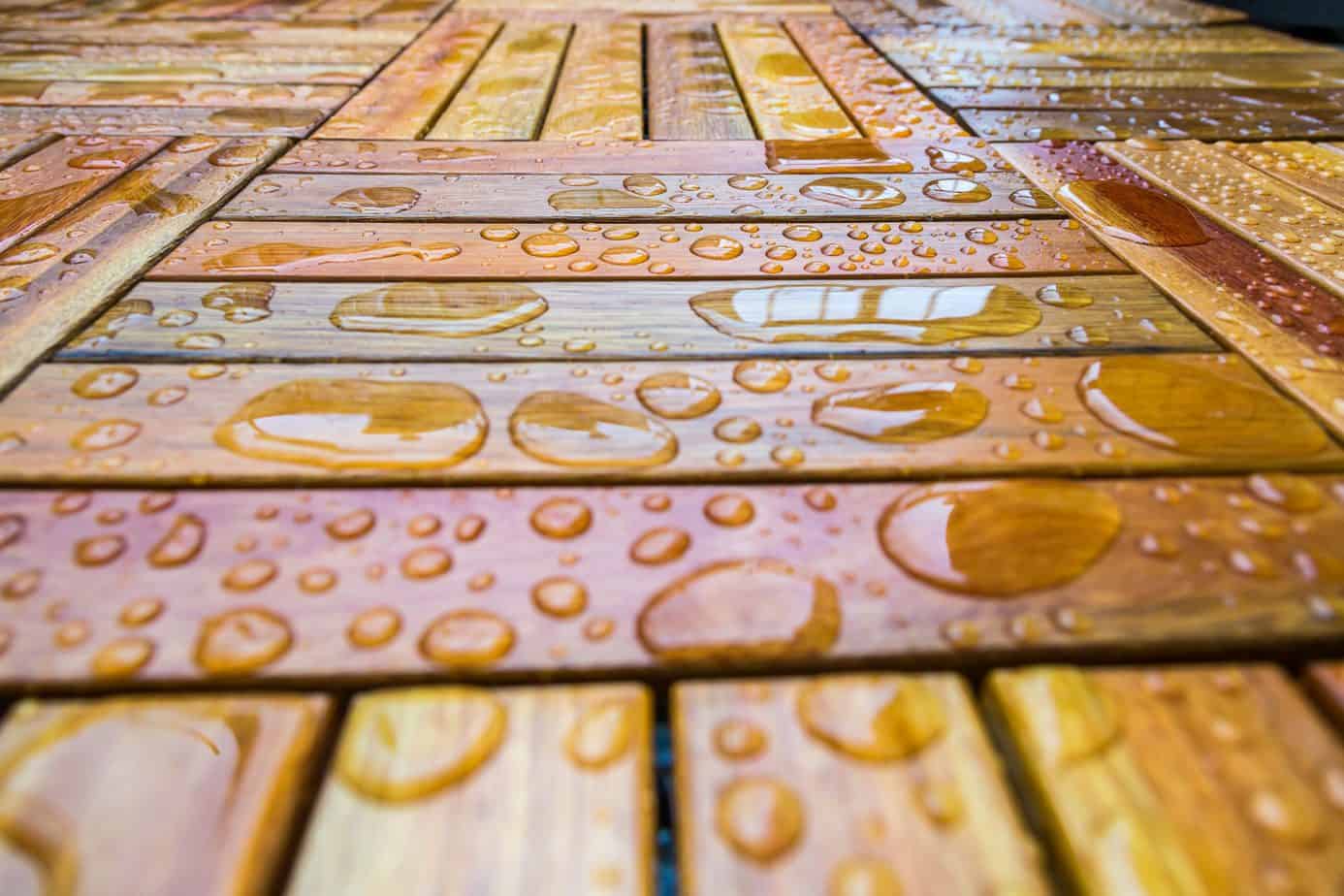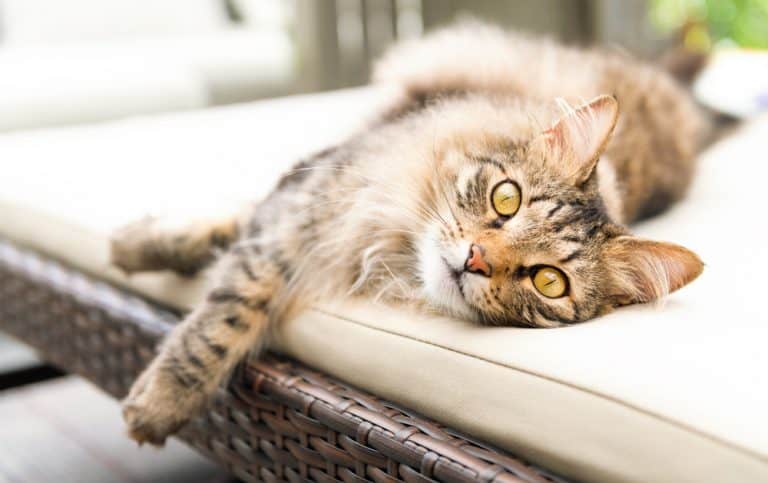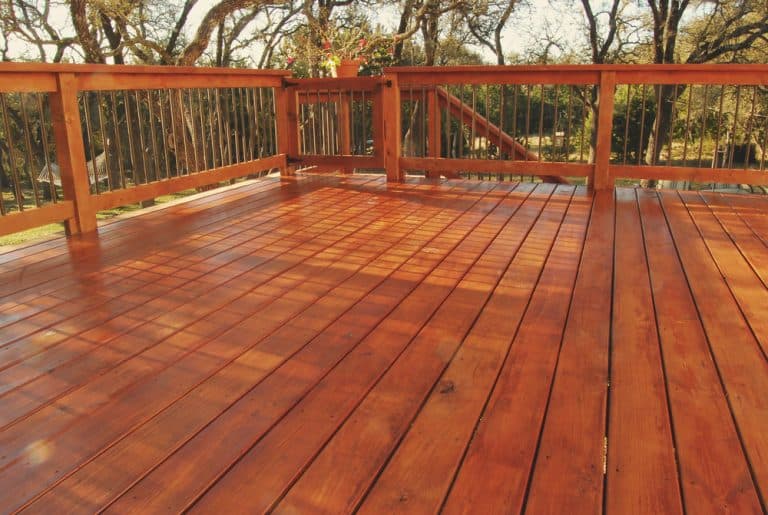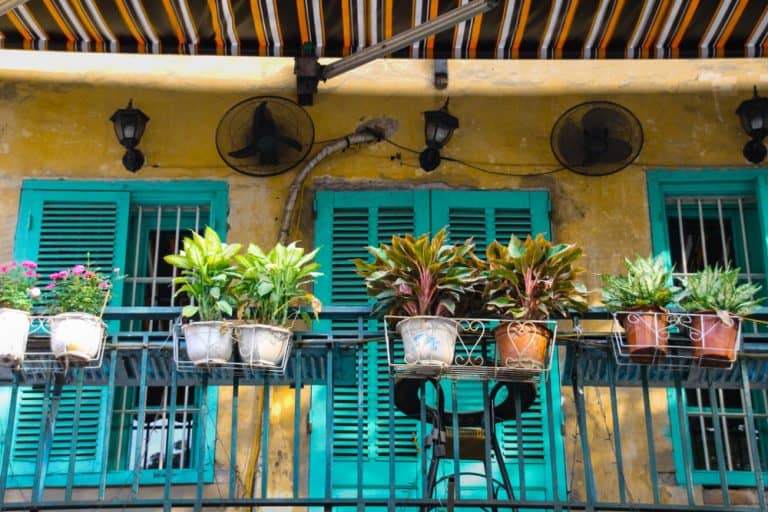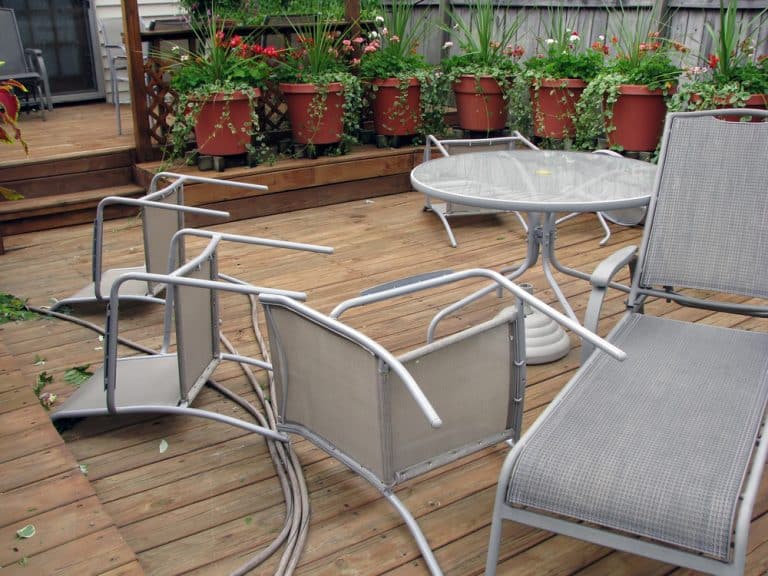6 Easy Balcony Waterproofing Ideas You Can Do Yourself
Knowing how to waterproof a balcony floor (and other areas) means you can enjoy your outdoor space in all weather conditions. For those without access to yards, it can make a massive difference.
So, to get you started with some inspiration, here are 6 balcony waterproofing ideas.
Why is Balcony Waterproofing Important?
Other than making your balcony enjoyable in all weathers, balcony waterproofing is important for preserving the building. If water can leak into a small crack, it can quickly lead to rot and other structural damage. You might find, in some situations, that lack of attention could void your home insurance cover.
6 DIY Balcony Waterproofing Ideas
1. Fill in cracks
The first step in any balcony waterproofing project should be to fill in cracks and gaps. Doing so means rainwater and runoff can’t seep into the building, which can lead to lots of damage.
The best product is some kind of bathroom sealant or other polyurethane caulk.
2. Lay down balcony membrane
Balcony waterproofing membrane is essentially rubber or PVC sheeting, much like you’d find lining a pond. It’s a good addition if you’re wondering how to waterproof a balcony floor, as you can hide it under any kind of flooring.
It’s important to note that laying the balcony membrane takes place before the floor tile is laid.
Bringing the balcony membrane up the walls a few inches means runoff won’t seep into the walls and will instead flow into a drain.
3. Waterproof balcony flooring
There are plenty of waterproof balcony flooring options. These include:
- Liquid rubber balcony membrane
- Waterproof peel and stick floor tiles
- Concrete
- Linoleum
- Artificial grass
- Vinyl
- Treated wood
It’s worth noting that some of these waterproof balcony flooring options are permeable, so you’ll still need to deal with runoff. However, unless your balcony has a cover, this’ll be the case anyway. Check out our article on balcony drainage for more tips on this.
4. Install a balcony enclosure
A balcony enclosure is essentially glass panels that convert it into more of an indoor room. As you can imagine, it also makes the balcony pretty waterproof. We’ve done a whole article on balcony enclosures, so check that out.
5. Fit an awning
For efficient balcony waterproofing, you’ll want some kind of rain cover or awning. Of course, make sure you choose a waterproof material, such as treated canvas. Angle it downwards and ensure the edge hangs over your balcony, so rain just runs off.
6. Paint the walls with waterproof primer
Using latex primer under paint provides long-term balcony waterproofing. It’ll stop water from seeping into the walls and will even fill minor cracks. Once you’ve done this, follow the steps in our guide on how to paint balcony walls.
Final Thoughts on Balcony Waterproofing
Use these balcony waterproofing ideas as inspiration for making your space watertight. There are plenty of products available for outdoor waterproofing, so it shouldn’t be a difficult job.
Knowing how to waterproof a balcony floor is arguably the most important part, as this is where most water will end up. Of course, if you have to deal with flooding, you can always buy a sump pump!

